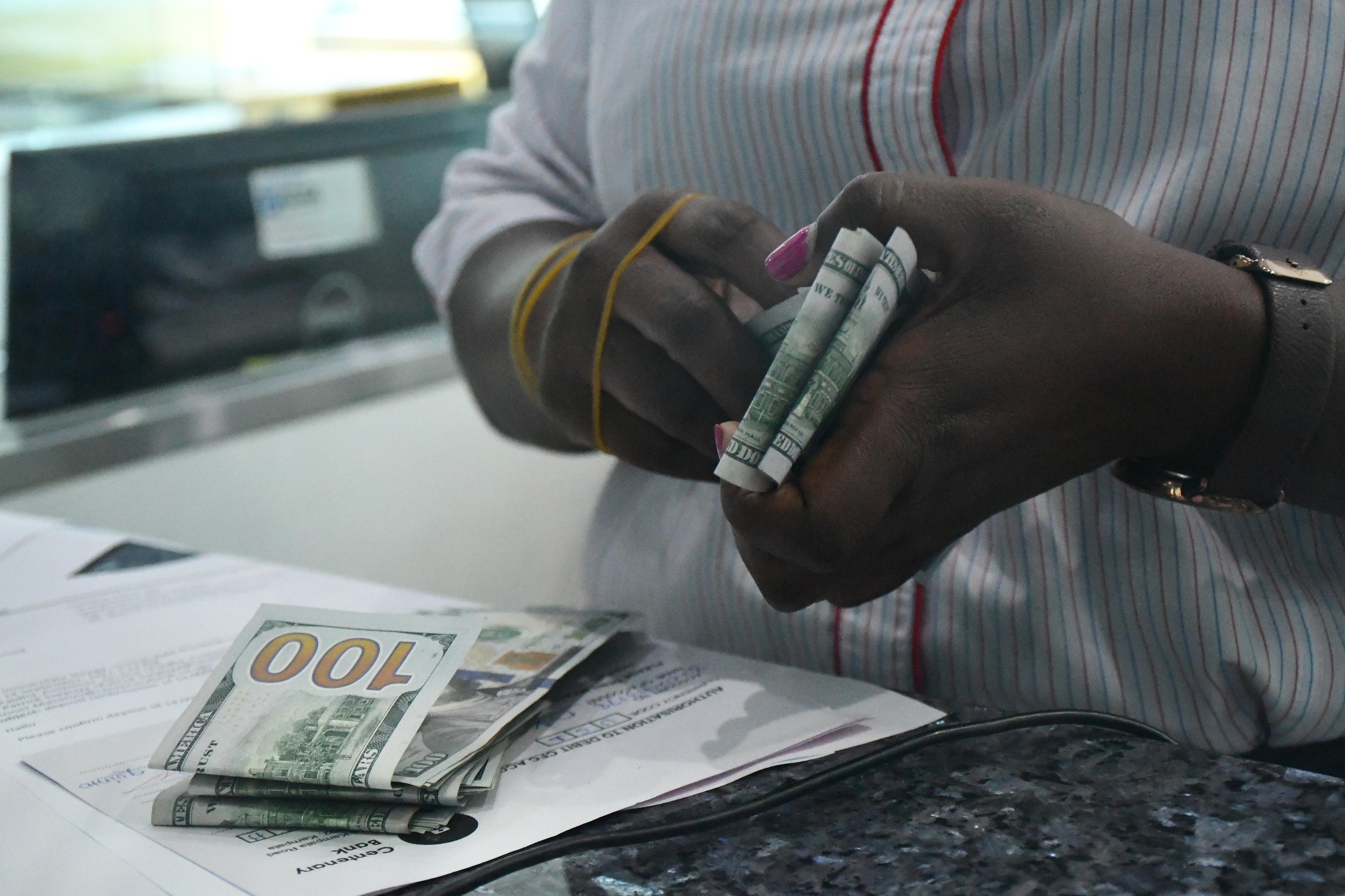Prime
Uganda sliding back to debt relief seeking levels - report

Whereas government says public debt is still within sustainable levels, experts have warned that the current pace of borrowing presents an increase in default risks. PHOTO | EDGAR R. BATTE
What you need to know:
- The heightened borrowing, especially in the last two years, has created risks that might see Uganda slide back into debt relief levels. Borrowing has in the last two years averaged at Shs12 trillion.
Government must immediately tame its appetite for loans to avert a impending debt crisis, according to a new report.
The report, titled: Uganda: Independent Public Debt Profile, indicates that although government insists that debt is still within sustainable levels, indicators suggest that Uganda is slowly creeping back into what triggered the Highly Indebted Poor Countries initiative nearly 25 years ago.
Uganda was one of the least developed countries that benefitted from debt relief programme under the Gleneagles-Scotland Multilateral Debt Relief Initiative in 2006.
According to the report, Uganda is slowly walking back into another debt trap with a risky credit rating likely to manifest in the near term.
Public debt has been growing, increasing to Shs71.6 trillion as of June 2021, according to Bank of Uganda.
Of the Shs71.6 trillion, which was an increase of 22.8 per cent compared to Shs57.4 trillion during the period ended June 2020, Shs44.9 trillion was due to external debt while Shs26.7 trillion is domestic.
However, Bank of Uganda noted in the September Monetary Policy Report that at 48.3 per cent of debt to gross domestic product ratio, up from 41 for the period ended June 2020, Uganda’s public debt was still within sustainable levels.
The debt profiling report, authored by Uganda Debt Network, also noted that whereas concessional loans dominate Uganda’s debt portfolio, there has been marked growth in non-concessional and commercial loans that present great risk to Uganda’s debt profile.
While addressing journalists in Kampala in July, Finance Minister Matia Kasaija conceded that the rapid surge in debt levels was beginning to worry government.
“We are at a level which makes me uncomfortable. Once you see you have gone beyond 50 per cent, it requires one to be concerned. So we are conscious and extremely concerned about our public debt,” he said, noting that money to handle crises such as Covid-19 would be mobilised through budget cuts, especially to nonessential services such as travel, conferences and accommodation, among others.
Uganda has heavily borrowed in the last two years due to Covid-19 related disruptions.
During the 2020/21 financial year, for instance, government borrowed more than Shs14 trillion, which was a sharp increase from about Shs10 trillion that had been borrowed during the 2019/2020 financial year.
The International Monetary Fund has already indicated that Uganda’s debt is projected to grow above the 50 per cent gross domestic ratio.
The report also notes that while debt relief in form of delayed repayment, restructuring and swapping had been allowed, this has created a window for unsustainable debt for Uganda.
“Uganda’s debt risks are more pronounced both in the short term to medium term. Revenue space have narrowed and Uganda is unlikely to have adequate revenue in the next two years,” the report reads in part, noting that debt that was yet to be repaid stood at $15.26b as of June 2020 compared to $12.51b as of June 2019.
However, this comes amid an increase in revenue deficits that have been growing since 2011, reaching to 8.9 per cent for the period ended 2020.
According to the IMF, Uganda’s debt accumulation between 2011 and 2020 has grown rapidly, averaging above other sub-Sahara African countries.
The report also points to risks related to continued decline in concessional loans and growth in domestic borrowing, which risks to crowd out private sector credit.
The report also noted that during the period ended December 2020, concessional debt has reduced 60.8 per cent from 74 per cent for the period ended 2017.
As of December 2020 major multilaterals had a $5.73b share of Uganda’s debt portfolio compared to $1.61b from other multilaterals and $3.44b from bilateral lenders.
Commercial banks had a share of $0.89b
Interest payment also remains a challenge standing at over two thirds of the total domestic debt.
For instance during the period ended June 20, interest payment stood at 21.7 per cent of domestic revenue.
This ratio, according to the report, compares with low income countries that are already experiencing debt distress.
During the 2021/22 financial year, Uganda is expected to Shs5.5 trillion in interest payments, the largest share of the 2021/22 budget.
Domestic debt refinancing has, however, increased from about Shs4 trillion, and is expected to reach Shs7.7 trillion in the 2021/22 financial year.





